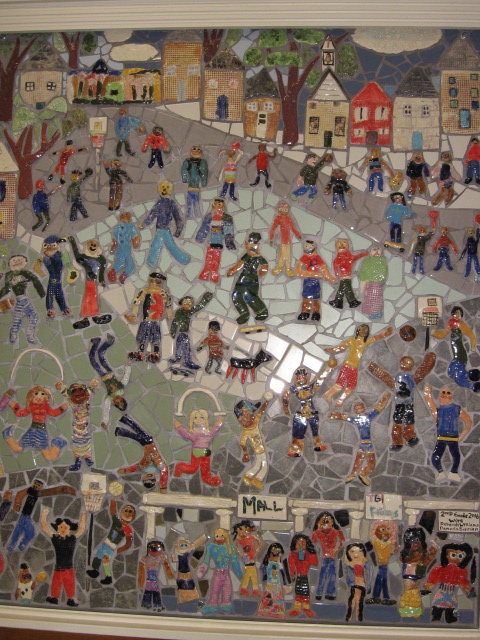Our Vision, Mission, and School Model

Our Vision
Franklin Spencer Edmonds Elementary School will uphold the right of all our students to a great public school close to where they live and will become recognized throughout the City of Philadelphia and beyond as a model for educational equity.
Our Mission
The mission of Franklin Spencer Edmonds Elementary School is to prepare ALL our students for success in high school, college or career, and life, inclusive of informed, responsible citizenship in our global, technological, and multidimensional society.
ALL means ALL—and we fulfill our mission by providing ALL students, regardless of ability, circumstance, culture, language, or any other facet of diversity with equitable access to a high-quality, standards-based academic program with aligned supports that enhance learning and teaching.
Our School Model
At Franklin Spencer Edmonds Elementary School, the five components described below undergird our work around school transformation and reform, serving as the basis for our school model. These components have been identified through nearly two decades of research to contribute to strong schools, assisting us with our continuous improvement efforts.
Effective School Leadership: The Principal, Assistant Principal, and other members of the school Leadership Team work with staff, students, families, and the community-at-large to achieve the school community’s shared vision and make progress toward school goals. They provide the leadership necessary, needed, and required to ensure that all students are on the path to becoming high school, college, and career ready.
Rigorous Instruction: Classroom Teachers plan, deliver, and assess instruction and learning opportunities aligned to the Common Core and College and Career Readiness Anchor Standards, as well as the Pennsylvania Academic Standards, guided by the School District of Philadelphia’s Instructional Practices, to successfully engage students. Instruction and learning opportunities emphasize the acquisition of knowledge, the development of skills, and the application and transfer of knowledge and skills within and across content areas.
Collaborative Teachers: Classroom Teachers, as well as Non-Teaching Professional Employees (NTPEs) are invested in the school. They are provided with core and responsive professional learning opportunities focused on improving student achievement and enhancing educator effectiveness and they collaborate, with Administration and colleagues, to continuously improve all aspects of the school, including instruction, climate and culture, and operations.
Supportive Environment: The school is caring, orderly, positive, and safe. Systems, structures, and processes are aligned and support student success. School Leaders, Classroom Teachers, and other adults in the school have high expectations for students and their learning, achievement, and progress and they do not accept excuses. Students are challenged and supported by adults and their peers to learn, grow, and develop – academically, creatively, and socially-emotionally.
Strong Family-Community Ties: The Principal, Assistant Principal, and other staff forge meaningful and productive relationships with families and the community-at-large, promoting investment in the school and ownership in the achievement of the school community’s shared vision and progress toward school goals. They build and maintain partnerships with business, civic, educational, professional, public service, religious, and social organizations in the community to support student success.
